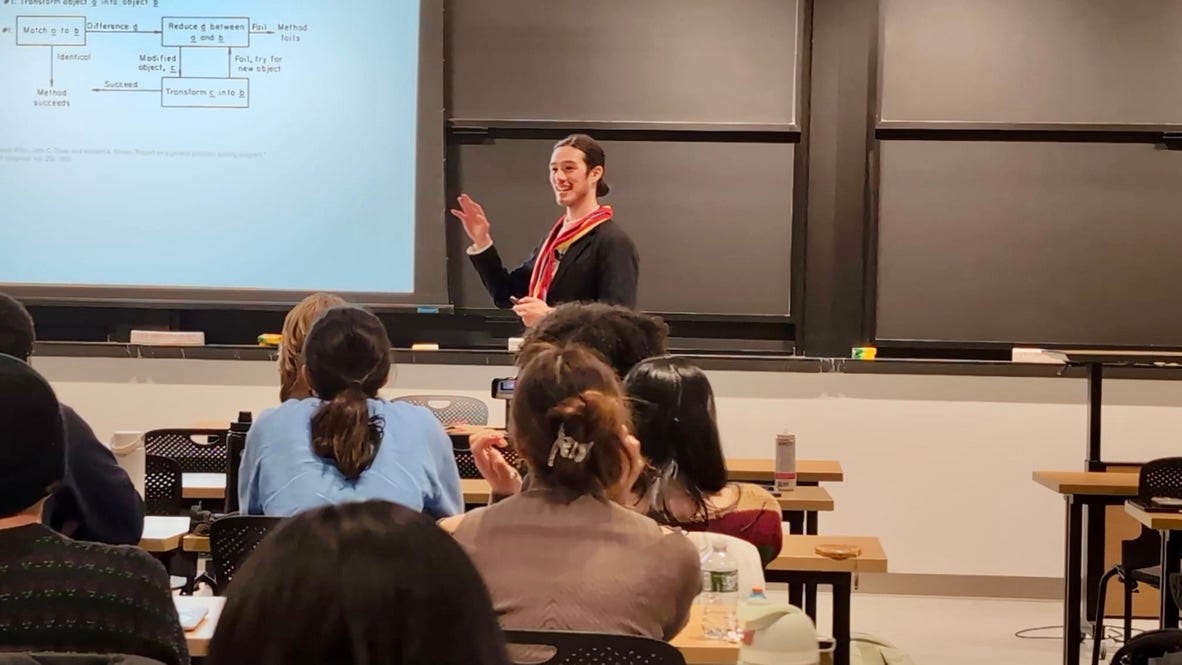How pain takes over
and how to undo it
Push through pain for years and you may wake up to find that you can’t walk, run, or jump like you used to.
Your uncle, collapsed into the couch, says his back hurts. “Don’t get old,” he groans when he stands. Like most people, he thinks chronic pain is the natural result of getting older. But we have more agency over our pain than we realize.
The longer a person experiences lower back pain, the more likely they are to develop limitations in functioning1
We can explain the development of limitations through the idea of “reciprocal narrowing.”
Your uncle was very active. Friday night flag football, Sunday soccer, and cup-in-hand kickball on Wednesdays. But after he tweaks his back, he starts to avoid movement altogether.
Gradually, his muscles weaken and he becomes de-conditioned. This further reinforces his sense of difficulty when moving. His fear of pain grows, and so does his caution. Without knowing, he passes the point at which his pain can be attributed solely to tissue damage.2
He no longer participates in backyard Thanksgiving football. He says no to shooting hoops with his nephews. He doesn’t trust himself to dance at the wedding. He grows weaker still.
He’s fully identified as “the guy with back pain.”
Once you’re that guy, less and less activity is available. Your world shrinks to a few carefully managed routines. Your pain takes over your life: it defines what you can do and who you believe you are.
This is reciprocal narrowing in action.
It is totally unnecessary for our world to become this small.3
There are reliable ways to reverse reciprocal narrowing. We recommend a three-pronged approach:
Develop a more accurate understanding of pain
Practice with the sensations of pain
Learn to move without pain
When people change their pain attribution from “caused by damage” to “fear signals from the brain,” their movement avoidance decreases.4
When movement avoidance decreases, the inverse is also true: movement possibility increases. Your uncle, doing the wedding jig, may find that he can play kickball, and eventually flag football.
Updates
Is your mind a computer? Max recently challenged this notion for a class at MIT, delivering a provocative lecture on how cognitive science has wrestled with this question since the 1950s. His talk 'What might minds be, if not computers?' explored three key metaphors that shape how we think about thinking.
Transcript available at www.maxkshen.com/iap_lecture. Full video later!
You may have noticed that our newsletter is now on Substack! You can easily reference past issues via the archive and read our evergreen essays here.
Also, we’re now offering 1-1 coaching for anyone that wants more hands-on support. As always, the Pain Debugging Protocol is freely available for you to do it yourself.
World Health Organization guidelines on chronic low back pain
When pain shifts from acute to chronic, brain activation changes from nociceptive regions to learning and meaning regions.
Rest is helpful, but absolute rest is almost never recommended after an injury.
Movement avoidance decreases, and so does their pain level.





